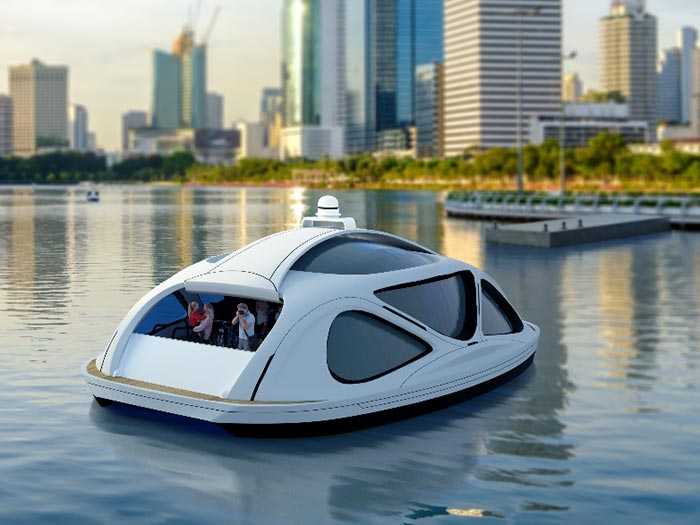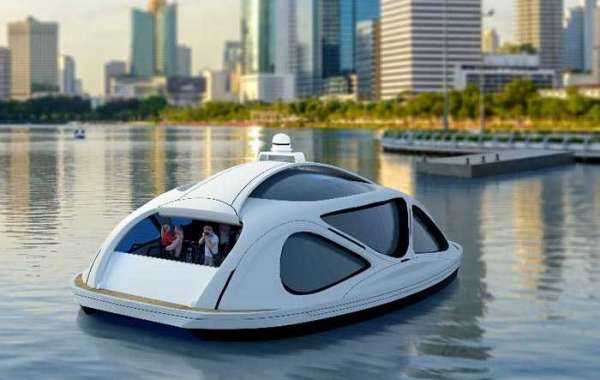click here to join the blue idea network's social media network
Water makes up nearly a quarter of the Netherlands' capital, with more than 62 miles (100 kilometers) of canals. A research initiative led by the Massachusetts Institute of Technology (MIT) and the Amsterdam Institute for Advanced Metropolitan Solutions (AMS Institute) set the goal of developing a fleet of autonomous watercraft to help decongest the city.
Started five years ago, the project is finally ready to test the waters. While unmanned maritime vehicles are not a new thing and have met extensive use in areas of maritime research and military applications, adding passengers to the mix is somewhat trickier. That is because vessels are not that small, and automating a big watercraft would require a very powerful battery, a technology that's still in the making.
 However, for small boats like Roboat, which is equipped with a 12 kW battery, a self-driving technology was successfully implemented. This is enough for nine hours of full autonomy. The vessel features a modular design that includes a hull, which serves as the boat's base. It can be adapted with different top-decks for multiple purposes such as transportation of people and waste collection. Its units can also be joined together to form a temporary bridge or a floating stage.
However, for small boats like Roboat, which is equipped with a 12 kW battery, a self-driving technology was successfully implemented. This is enough for nine hours of full autonomy. The vessel features a modular design that includes a hull, which serves as the boat's base. It can be adapted with different top-decks for multiple purposes such as transportation of people and waste collection. Its units can also be joined together to form a temporary bridge or a floating stage.
It's a small boat that measures 13 ft (4 m) in length, and it's 6.5 ft (2 m) wide. Roboat's four thrusters allow it to move in all directions, making it more responsive compared to other vessels. Docking and latching can also be executed more precisely.
It has a perception sensor kit that integrates LIDAR, GPS, Doppler Velocity Log (DVL), and camera-based object detection that helps it detect any obstacles and find the suitable path to navigate. According to AMS Institute's research team, when Roboat encounters an object in the water, it assesses if the object is moving or not and determines the best course of action to avoid it.
Earlier stages of development saw scale models of theRoboat being tested on the waters of Amsterdam's Marineterrein. Now, with the launch of a full-scale Roboat, another step was taken toward the development of a watercraft fleet. The project's ultimate purpose is not only to allow the capital's congested center to breathe but also to improve infrastructure in other water-based cities.
click here to join the blue idea network's social media network









